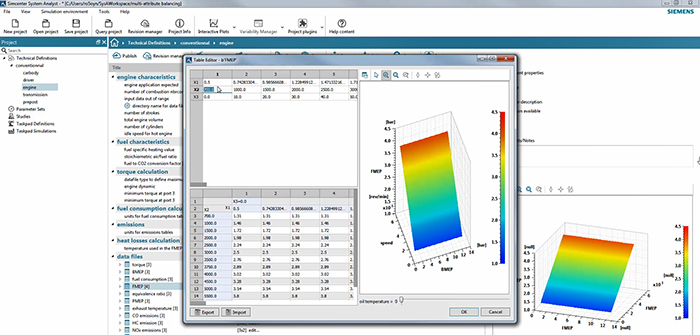Siemens Digital Industries Software has developed a system analyst that enables departments within companies that don’t normally collaborate, to work together to resolve technical or engineering problems. As new roles emerge within an organization, project managers need to run many variant analyses to evaluate new designs, in a short space of time. The new system enables continuity in research and development.
In the fast-moving automotive sector, this allows project leaders and engineers to run multiple analyses on design options that focus on the final product. Even those with little computer-aided engineering skills can set up a simulation to evaluate hundreds of designs with a few clicks. They can program the system to handle market-specific requirements without compromising on quality. This frees up resources – such as time and investment – that can be better used elsewhere in production.
Throughout the development of new technologies, virtual models and vehicle parts, the software constantly adds the simulation data to its library – storing a vast amount of information on every aspect of production.
As the automotive industry continues to develop hybrid and electric vehicle architectures, often-contradictory data sets concerning fuel economy, performance, charging times, power-to-weight ratios and emissions need to be continuously and carefully monitored. By referring back to the database, companies can save time and money by choosing the best iteration of a particular technology.
Eric Chauvelier, method and simulation manager for hybrid and electric systems in the test and digital department for Renault, said “In the context of large system simulation deployment throughout a company, Simcenter System Analyst is essential. Through easy-to-use system simulation processes, Simcenter System Analyst helps expand model usage across a design team.”


